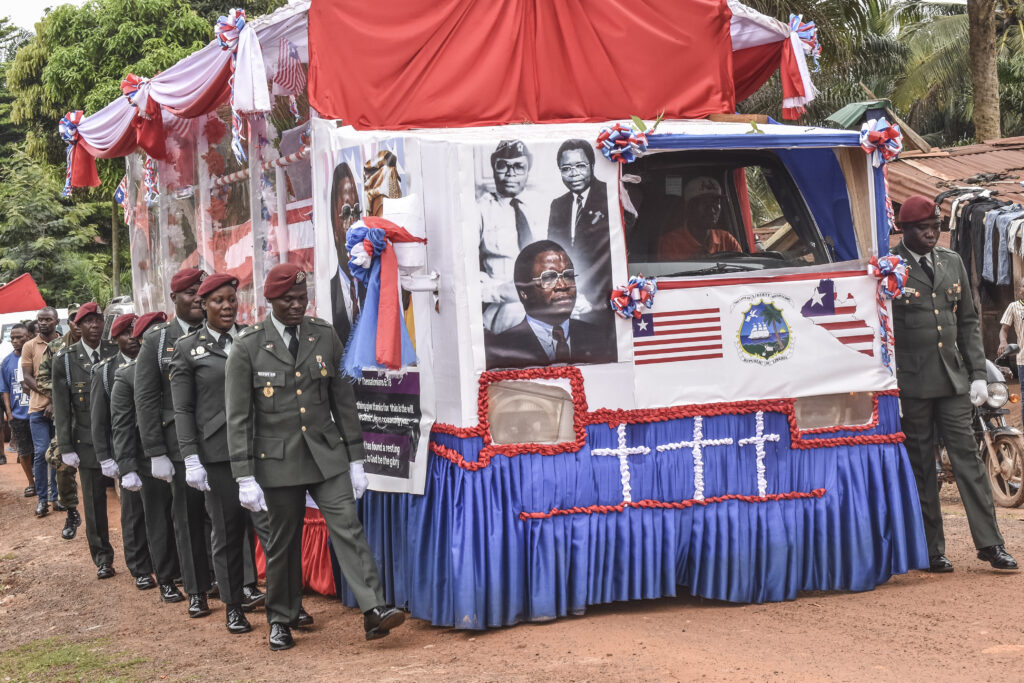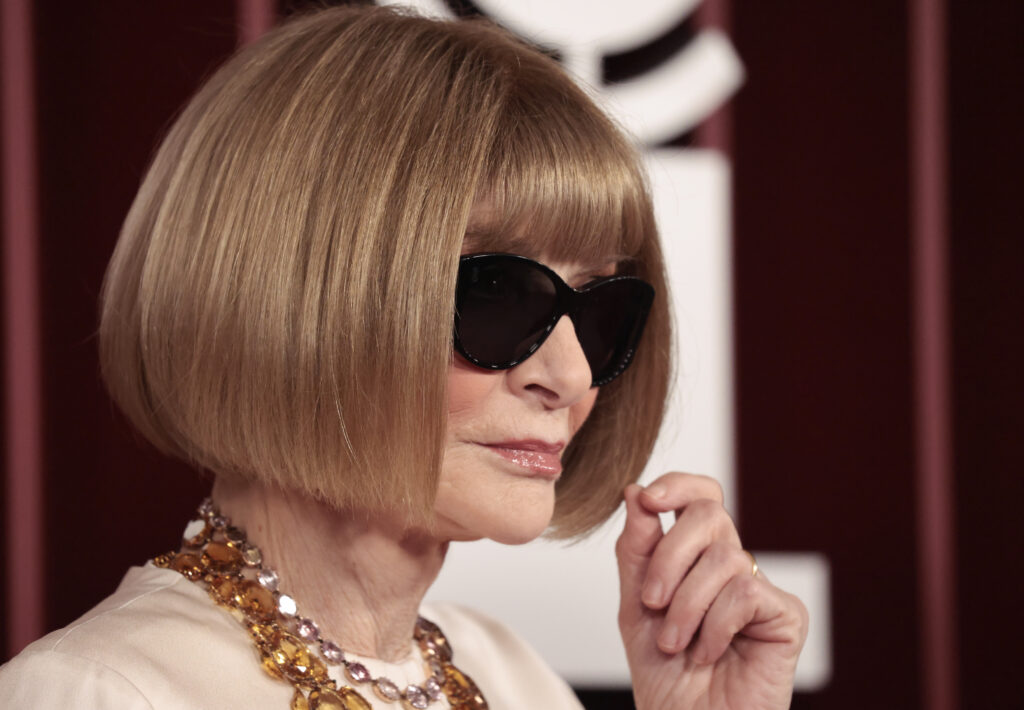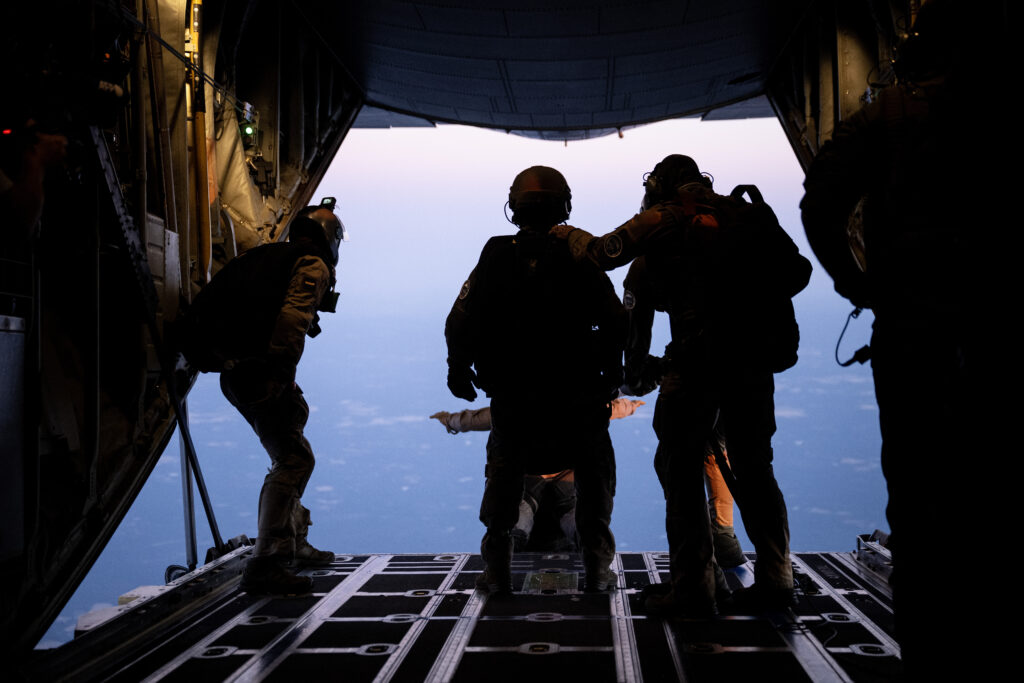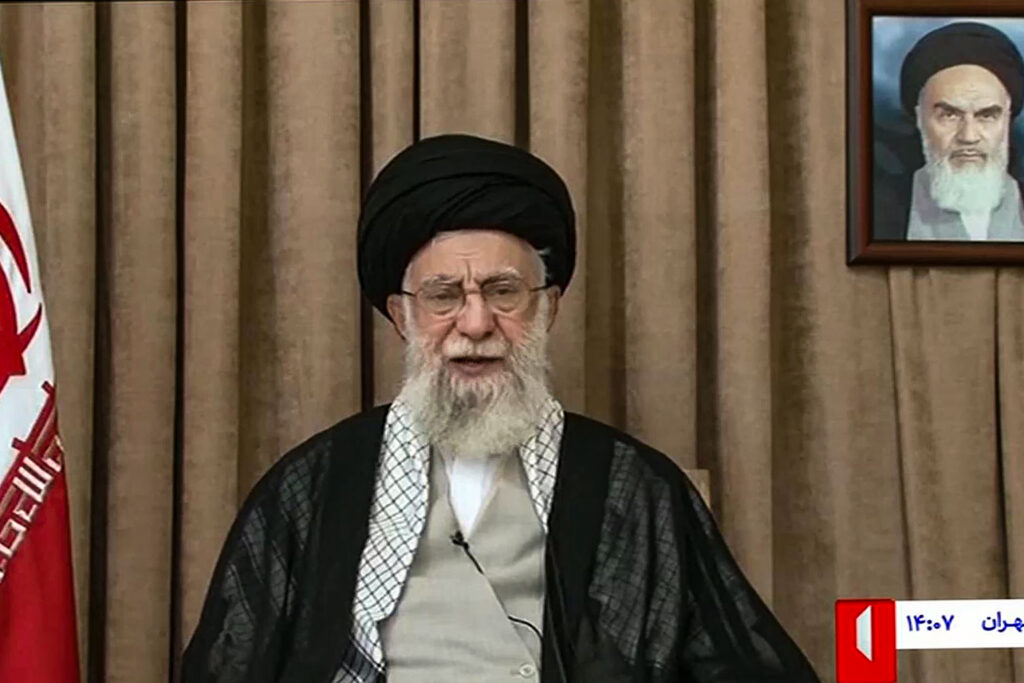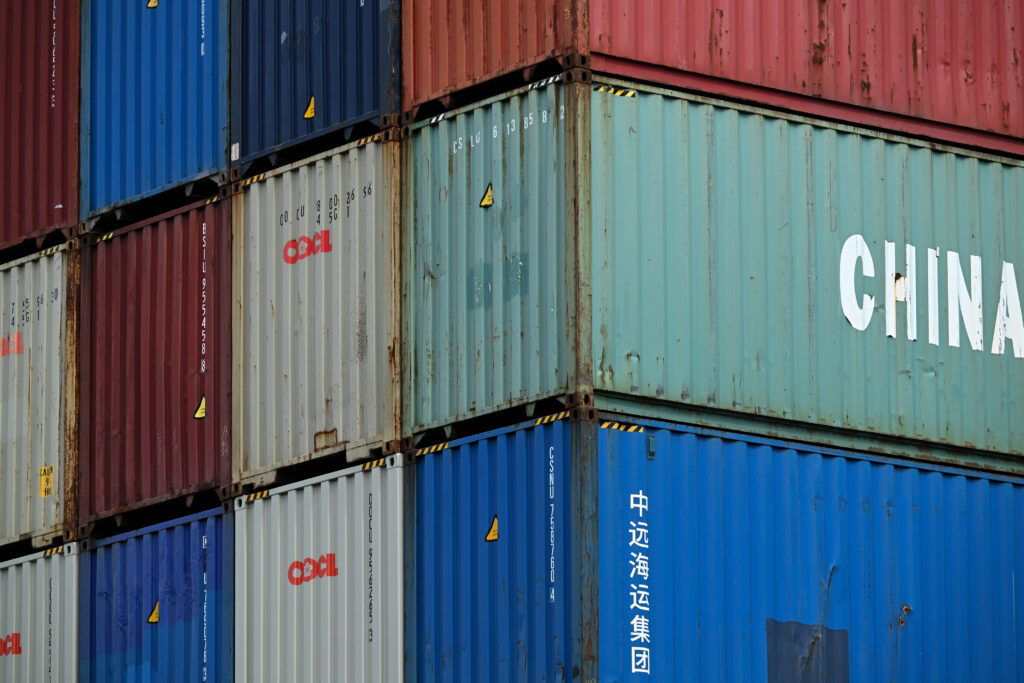Le soleil se couche, ils sont une vingtaine de militaires du GIGN, l’unité d’élite de la gendarmerie nationale, à bord d’un Hercule C130 de l’armée de l’air. Toute la nuit, ils vont s’entraîner aux sauts à grande hauteur, une spécialité peu connue du grand public.Au sein du GIGN, ils sont au total 80 “chuteurs opérationnels”, une qualification acquise à l’Ecole des troupes aéroportées de Pau où sont également formés les parachutistes des trois armées (air, terre, mer).En raison de cette spécificité, cette unité peut intervenir à l’étranger avec celles du commandement des opérations spéciales, ce que le grand public méconnaît, oubliant que les gendarmes et en l’occurrence les membres du GIGN, sont des militaires avant tout, appelés à être projetés sur des théâtres extérieurs. Ils y interviennent pour des libérations d’otages ou les évacuations de ressortissants français comme en Irak ou en Afghanistan.Le parachutisme est dans leur ADN comme en témoigne le large parachute blanc au centre de leur écusson.Les chuteurs opérationnels sont capables de se projeter rapidement et discrètement sur des situations délicates comme des prises d’otages ou des évacuations de ressortissants français. Cela a été cas, en avril 2008 lors de la prise d’otages du “Ponant”, un voilier de croisière pris d’assaut par des pirates somaliens.En 2011, cette unité du GIGN est par exemple intervenue en Libye pour évacuer des ressortissants français, via une opération “tarpon”, consistant à projeter en pleine mer les militaires pour qu’ils rejoignent en toute discrétion la côte et puissent intervenir en profitant de l’effet de surprise.- “Parfaitement silencieuse” -Alex, équipier à la force d’intervention, décrit les “infiltrations sous voile”, le nec plus ultra: les chuteurs opérationnels sont largués de nuit entre 1.200 à 4.000 mètres d’altitude à plusieurs kilomètres de la cible. Ils cheminent, tirant partie des courants d’air, “dans la plus grande discrétion, leur voile (le parachute) étant parfaitement silencieuse”.Ce soir-là, partis de l’aérodrome Saint-Denis-de-l’Hôtel, près d’Orléans, un chien a embarqué lui aussi. Un berger hollandais de quatre ans, prénommé Hushiro. Tim, son maître, lui enfile un casque sur la tête équipé de lunettes. Tim et Hushiro sautent en tandem avec Tony, un des chuteurs opérationnels. Ils sont six au GIGN à faire des sauts en tandem. Le test est pleinement réussi pour cet animal spécialisé dans la recherche d’explosifs. “En vol, il était apaisé. Il a fait un très bon saut.” Il pourra être projeté avec son maître sur un théâtre d’opération susceptible d’être miné.Dans la nuit, un halo de couleur verte, celle des lunettes de vision nocturne, emplit la carlingue. Pas un bruit. Les gestes sont précis. Chacun sait ce qu’il a à faire.Un membre de l’unité d’intervention s’apprête à sauter avec une caisse CL13 qui contient de l’équipement collectif, des armes longues, un bouclier, etc. La charge peut aller jusqu’à 250 kg.Un chuteur opérationnel peut tout aussi bien sauter en tandem avec un maître et son chien, ou encore un traducteur, tout dépend des besoins de la mission, explique Elinor, une membre du GIGN.Plus ardu encore, les sauts à très grande hauteur effectués à plus de 4.000 mètres d’altitude avec un masque à oxygène. Ils nécessitent une qualification supérieure et ne sont accessibles qu’à une poignée de chuteurs opérationnels.
